Iron infusion funding in NZ; it needs to change.
Open letter
Subject: Review and Adjustment of Funding Thresholds for Ferinject Iron Infusions in New Zealand
Dear Ombudsman,
I am writing to express my concern regarding the current eligibility thresholds for publicly funded iron infusions in New Zealand. At present, funding is typically restricted to individuals with a haemoglobin (Hb) level below 100 g/L and a ferritin level below 20 µg/L. These limits are considerably lower than international clinical standards and are placing New Zealanders—particularly women and babies—at unnecessary risk of preventable health complications.
According to the World Health Organization (WHO), anaemia is defined as a haemoglobin level below 110 g/L for children under five and pregnant women, and below 120 g/L for non-pregnant women. By comparison, our funding threshold of 100 g/L effectively excludes many individuals who are already anaemic by WHO standards and who may be experiencing significant symptoms such as fatigue, depression, and cognitive or thyroid dysfunction.
Similarly, a serum ferritin level below 30 µg/L is considered diagnostic of iron deficiency in adults. Requiring levels to fall below 20 µg/L before funding is approved means many patients must wait until they are severely iron-depleted before becoming eligible for treatment.
This approach is particularly detrimental for pregnant women, whose iron requirements increase significantly to support foetal growth and maternal health. Infants rely entirely on maternal iron stores for the first eight months of life, and maternal deficiency can have lasting effects on the child’s neurodevelopment and immune function.
I respectfully request that the Ministry of Health and Pharmac review and raise the funding thresholds for iron infusion eligibility to align more closely with international evidence-based standards. Specifically:
Consider raising the haemoglobin threshold to 120 g/L, and
Raising the ferritin threshold to 30 µg/L as the point for intervention or funding approval.
These changes would enable earlier, preventative treatment—reducing the physical, mental, and economic burden of iron deficiency across our communities, and ensuring better outcomes for mothers and babies in particular.
Thank you for your time and consideration of this important public health issue.
Kind regards,
Louise McGoldrick, Registered Nurse
